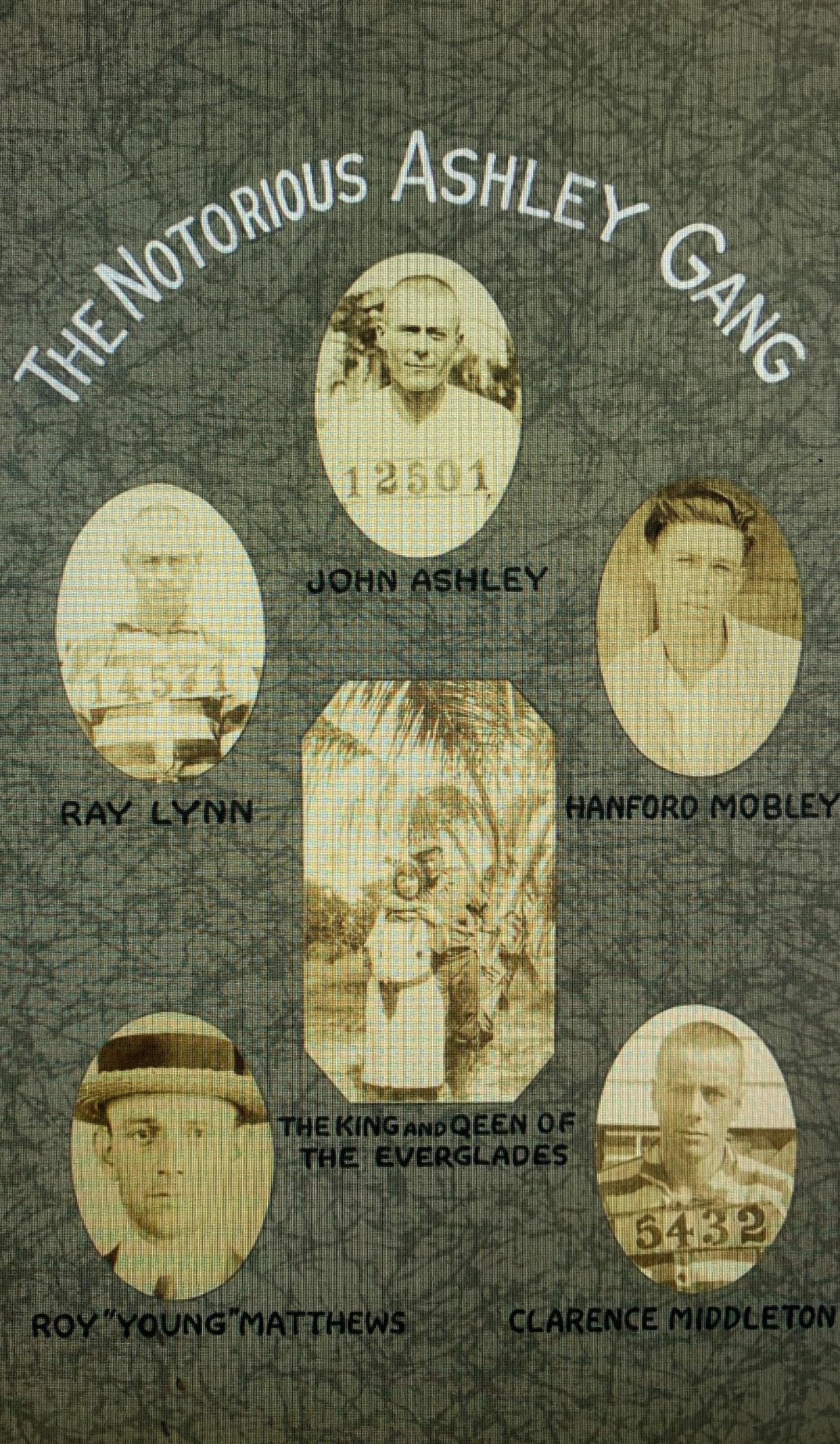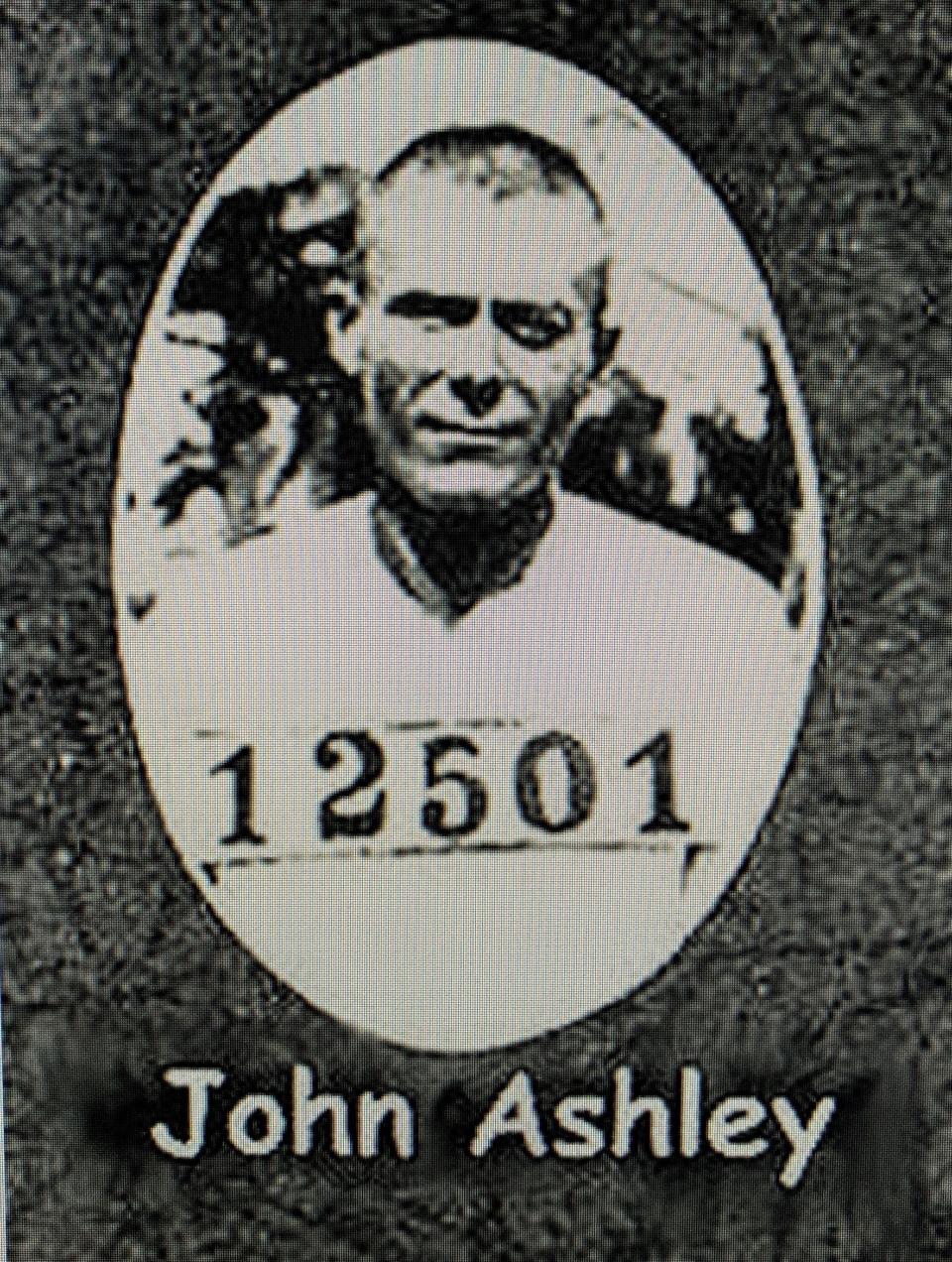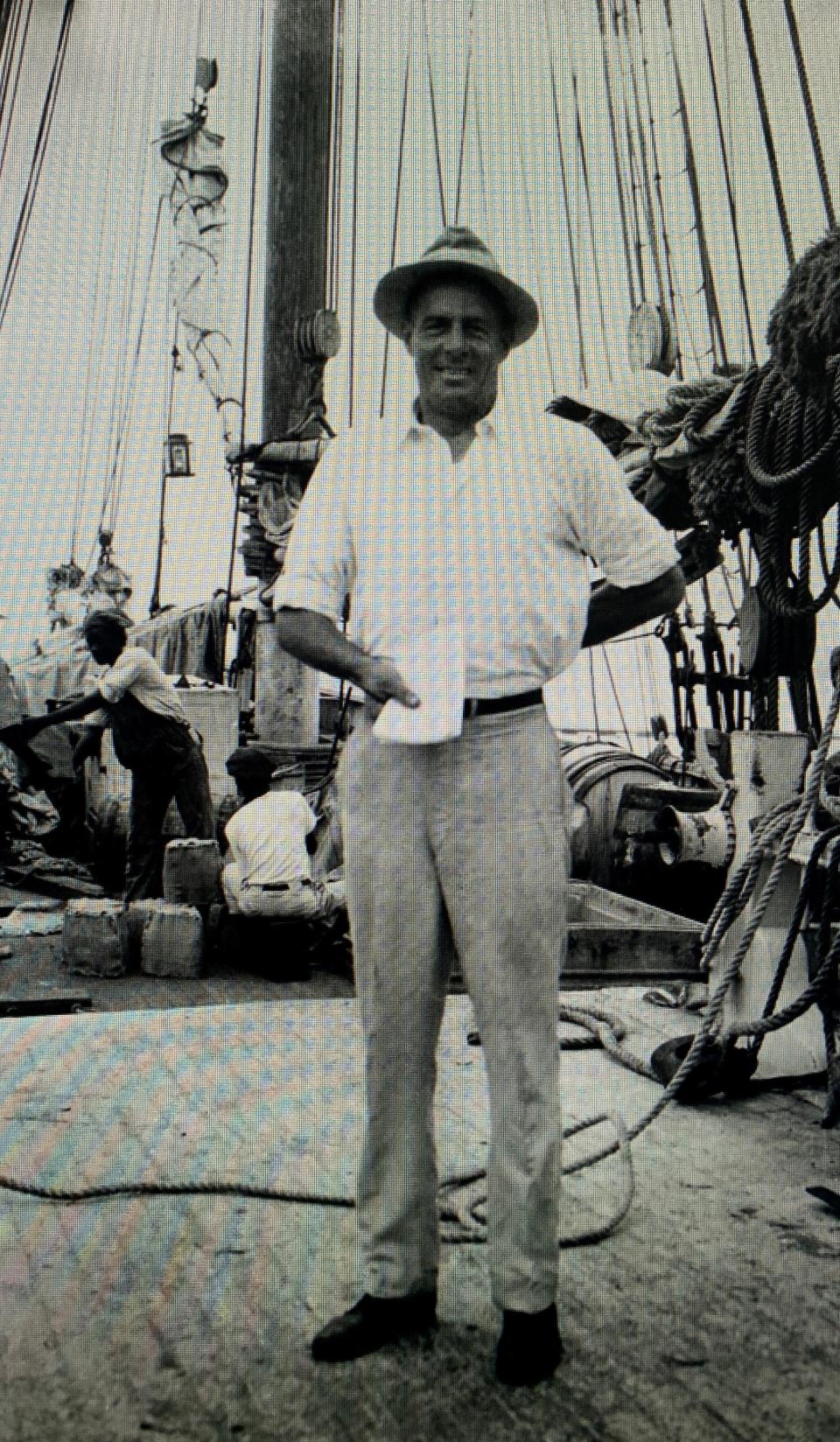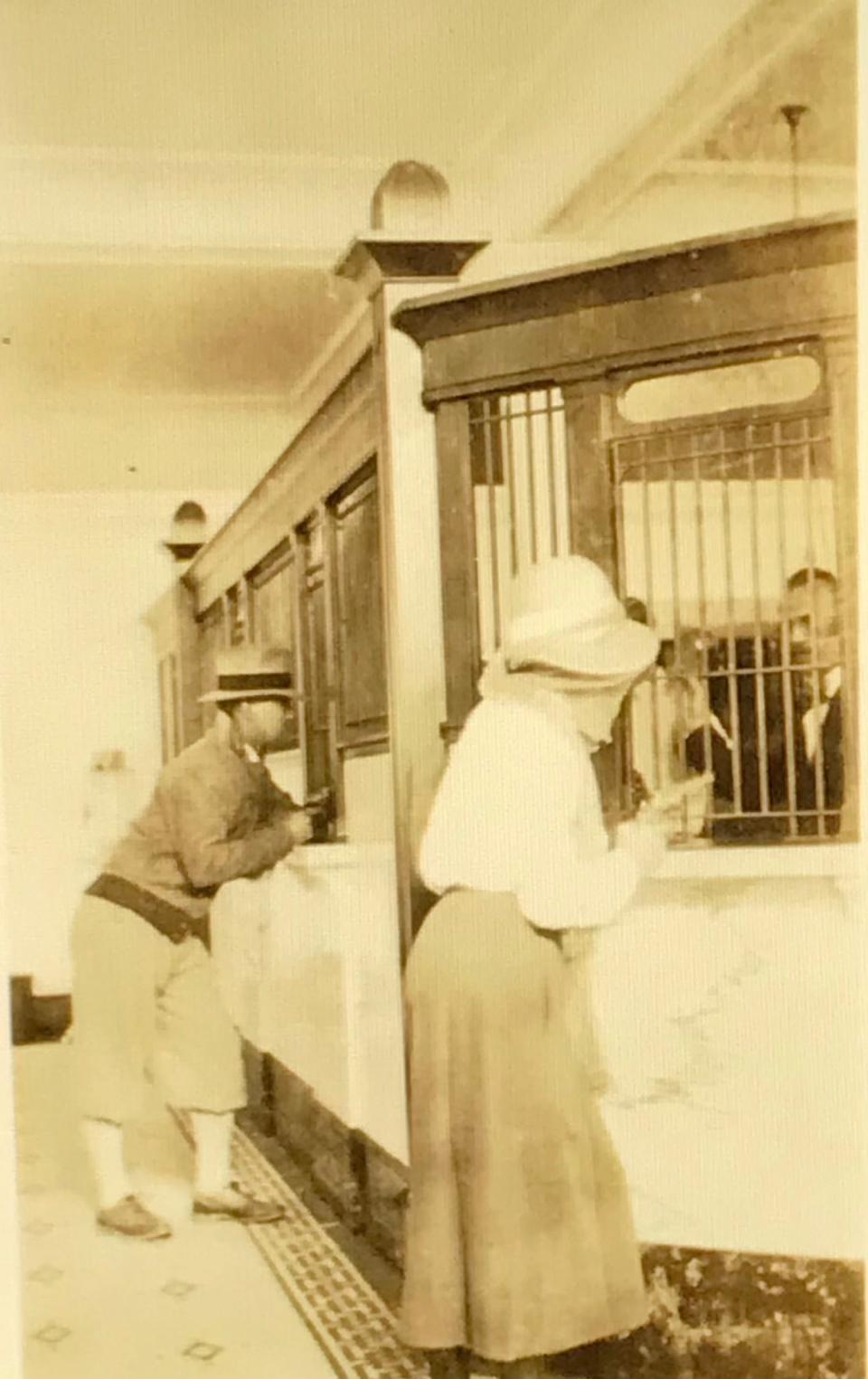Local history: Rumrunning trade roared along Florida’s Treasure Coast

Back in the day of the “Roaring” 1920’s, transporting alcohol from the Bahamas — where it was legal, to the U.S. mainland — which was under the mandate of Prohibition, became an enticingly lucrative and dangerously illicit venture. Martin County was then a haven of secluded inlets and hidden alcoves which offered shelter to many a nefarious seafarer and their vessels. Sparsely populated and isolated, Martin County held a strategic advantage as an ideal hideaway for liquor transporters and their boats.
It also became a favorite destination for tourists who wanted to drink. Even the women of Martin County were involved. Watching for their men to return from their dangerous ocean crossing in the cover of darkness, women would put color-coded lanterns in their windows to let the small boats heavy in the water with their illegal cargo know it was safe to come in.

This section off the South Florida coast became so widely used by transporters, who were branded as “rumrunners,” that it became known as “Rum Row.” Hundreds of boats selling illegal liquor would routinely anchor along Florida’s southeastern coast.
The “notorious” Ashley Gang was a band of Treasure Coast locals who made many a liquor run between the islands and the states. With outlaw John Ashley as its leader, along with John’s brothers and nephews as members, the Ashley Gang became Florida’s answer to the “James Boys.” The Ashley’s twice robbed the Bank of Stuart and were successfully rumrunning, bootlegging and operating moonshine stills.
The Ashley Gang had its roots in the Hobe Sound and Stuart area, which at the time, was still a part of Palm Beach County, and they were very much on the wrong side of the law with Palm Beach County Sheriff Bob Baker. It wasn’t until 1925 that the territory later became Martin County. Hobe Sound was the Ashley Gang’s home base and favorite destination when they came from Bahamas and Bimini with their liquor. In the course of their criminal exploits, two of the Ashley brothers were lost at sea in one of their liquor runs.

Many rumrunners watered down their alcohol to make more profit. This practice was in sharp contrast to how Bill McCoy, another notable Martin County transporter, conducted his rumrunning operation.

Bill McCoy was a teatotaler and had an established career as a well-respected boat builder. But once he entered into the world of Prohibition liquor transport, he became known as the gentleman Rumrunner.
He was a well-dressed, 6-foot 2-inch imposing figure of a man. Unlike many of the other rumrunners, Bill did not dilute any of his liquor, and as a result, he was able to sell his alcohol at a premium price. It was the quality of his liquor along with his reputation of fair dealings that generated the phrase “The Real McCoy.” The term stands to this day to mean “authentic.”
Despite his dealings in the rum-running trade, Bill never lost his respect for the law. Rather than take a chance of getting caught he would bring the “boot-legged liquor” to within 3 miles of the coast, where it kept him in international waters. High-speed boats would act as carries, buying the liquor from McCoy in international waters and trafficking it to the main land for resale. The Coast Guard was in command of law enforcement on the water, and so long as Bill remained in international waters, there was nothing they could do.
Bill was also credited with inventing the “burlock” — better known as “hams” amongst the Runners. Since the cases of 12 bottles of liquor were difficult to handle, Bill devised a way to wrap the bottles in straw and stack them like a pyramid with six on the bottom, then three, then two, and then sewed them tightly into a burlap bag. These “hams” could be easily stacked and were quicker and easier to move between vessels.

Bill “The Real” McCoy may be best remembered by what his brother Ben wrote upon Bill’s passing: “When the country went dry, Bill irrigated it.”
Come to the Elliott Museum and see the “Notorious Ashley Gang — The Making of a Legend,” a permanent exhibit featuring various artifacts, a recreation of their moonshine still, and photos that depict their lives and the times.
A reception opening will be held from 5:30 to 7:30 p.m. Jan. 20 at the museum, 825 NE Ocean Blvd., on Hutchinson Island. During the reception, local historian Steve Carr will provide guided tours and answer questions. Admission is free to members and $5 to the public. To RSVP, call 772-225-1961.
This article originally appeared on Treasure Coast Newspapers: Treasure Coast became known as "Rum Row" during the Roaring Twenties.

